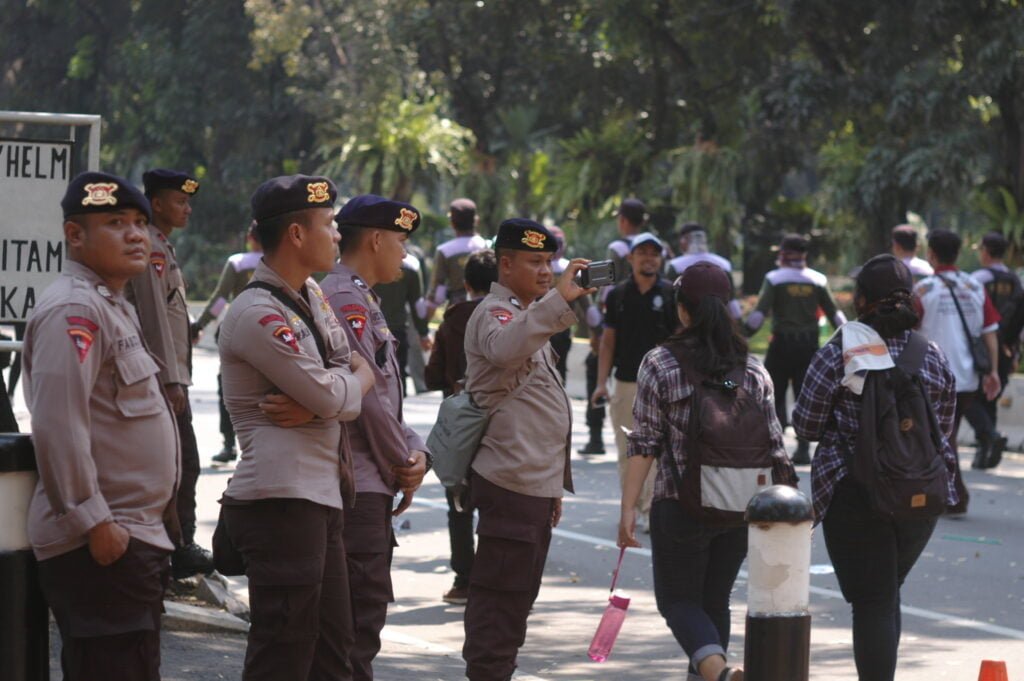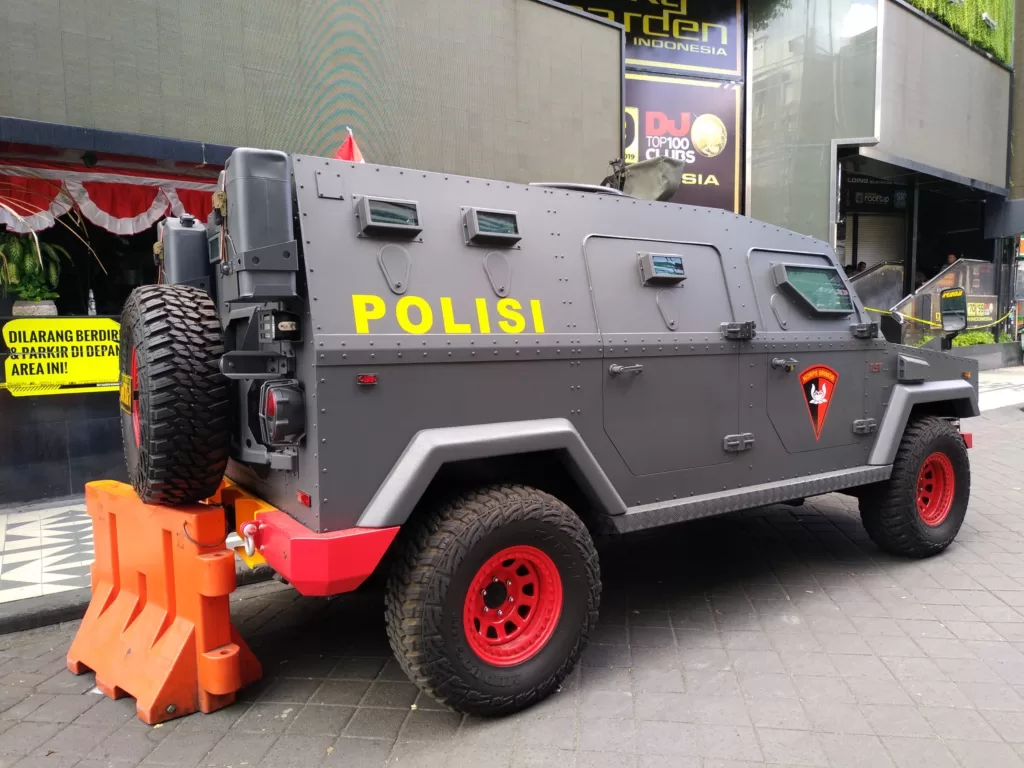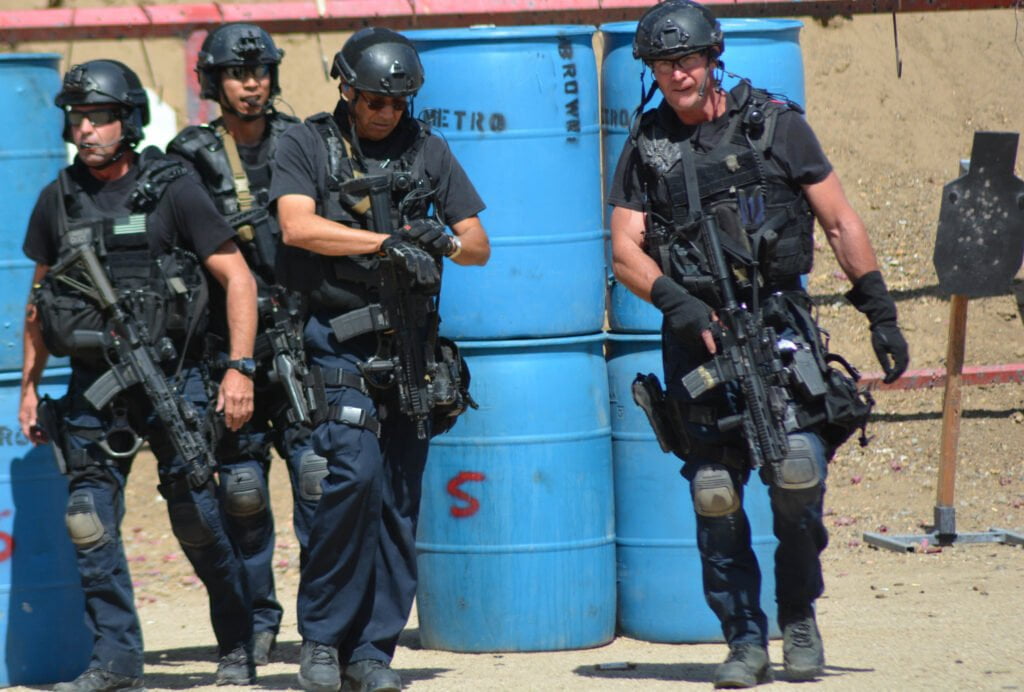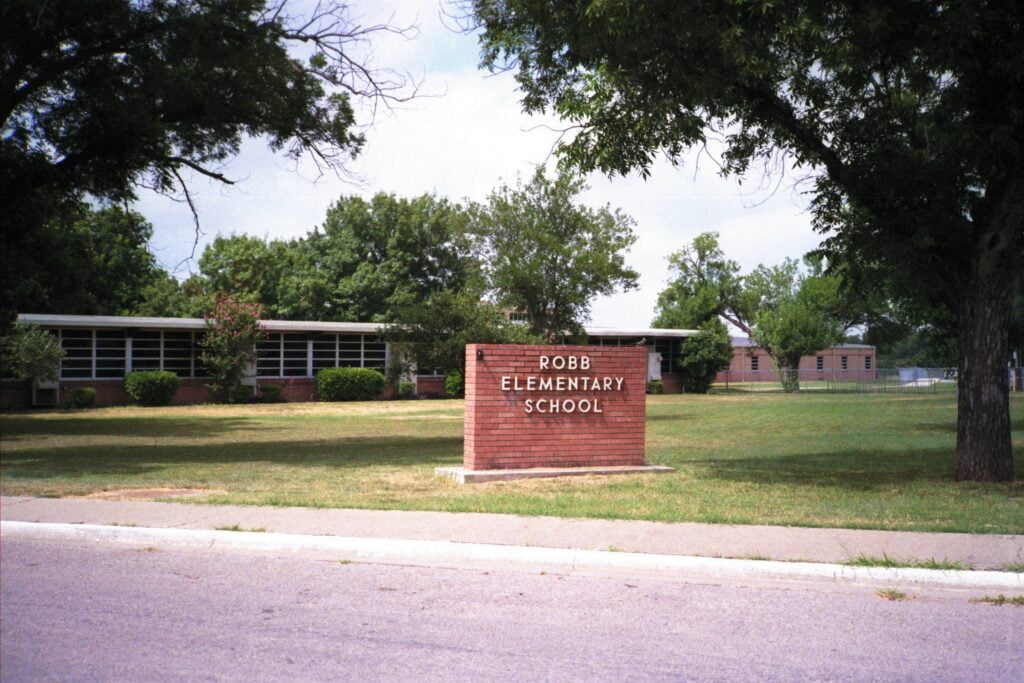We use cookies to improve your experience with Monash. For an optimal experience, we recommend you enable all cookies; alternatively, you can customise which cookies you’re happy for us to use. You may withdraw your consent at any time. To learn more, view our Website Terms and Conditions and Data Protection and Privacy Procedure.
Militarisation of police
Published on October 3, 2022Tanks and assault rifles are just the most obvious aspects. The increasingly militarised approach to policing runs far deeper
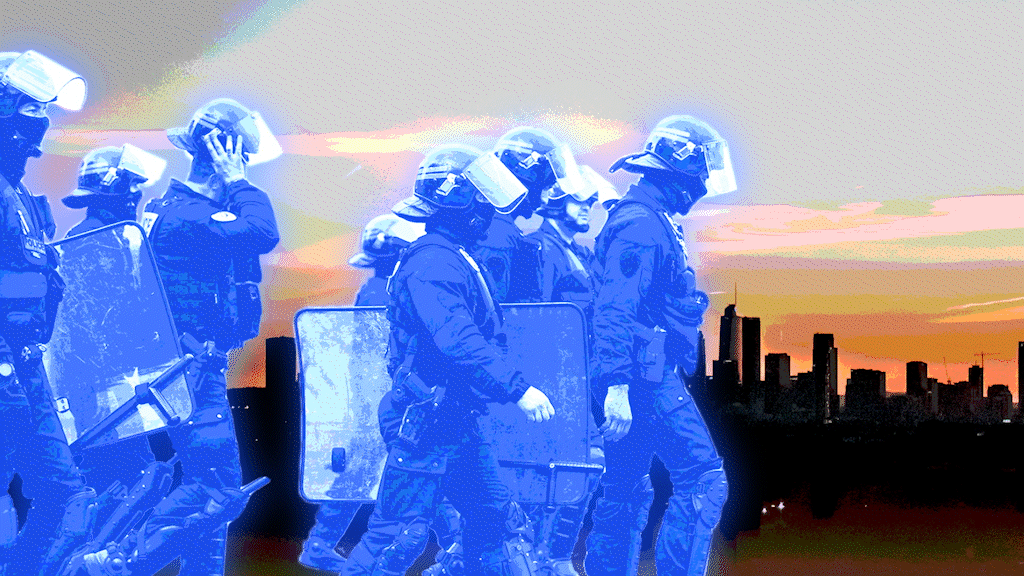 Police around the world are becoming increasingly militarised. : Michael Joiner, 360info CC BY 4.0
Police around the world are becoming increasingly militarised. : Michael Joiner, 360info CC BY 4.0
Tanks and assault rifles are just the most obvious aspects. The increasingly militarised approach to policing runs far deeper
In the UK this week, anger over police violence spilled onto the streets, as family and supporters of Chris Kaba protested what they saw as a racist killing of the unarmed man by a police officer.
It’s a story that has been repeated in the media countless times across the world: unarmed Black man shot dead by police. It’s a story we will no doubt see again.
“Police cannot be judge, jury, and executioner. They must be accountable to the rule of law,” said Deborah Coles, executive director of a UK charity, INQUEST, that supports families of those who have died at the hands of the state.
Nineteenth-century UK Prime Minister Sir Robert Peel is considered the father of the modern police force. His view, often described as “policing by consent” was that policing requires the willing co-operation of the public; and to achieve that, police must be in the service of citizens. His view was that police should be unarmed, to demonstrate their difference from the military.
So when American demonstrations in support of police murder victims George Floyd and Michael Brown were quelled by police with assault weapons and driving tanks, it only heightened calls for the role of police in society to be examined.
Despite a slew of evidence from researchers across the world that a softer, more collaborative style of policing is more effective, militarisation of police continues — a continuum from black-ops style uniforms to all-out civil war against a nation’s people.
To circuit-break the arms race, research suggests systemic changes to policing, back to its Peelian roots, recruiting a new cohort of officers that serve all citizens. As historian Charles Reith wrote about the police: “The test of police efficiency is the absence of crime and disorder, and not the visible evidence of police action in dealing with them.”
REALITY CHECK
Police in the USA kill more than 1,000 citizens a year. In Brazil, they are responsible for 13 percent of all homicides
In 2010, more than 75 percent of police forces worldwide used some form of militarised policing.
US SWAT teams originated in the 1960s in response to riots in protest of police brutality. US teams subsequently trained 52 other nations in how to assemble SWAT teams.
BIG IDEAS
Quote attributable to Rich Evans or Clare Farmer, Deakin University
“With positive depictions of police gun violence in US television so widespread and long running, it is plausible that media depictions of police violence, including the use of firearms by police, influence beliefs about policing.”
Quote attributable to Fachrizal Afandi, Universitas Brawijaya
“In the reforms that swept Indonesia following the fall of the Suharto regime in 1998, the police seem to have escaped scrutiny. Reform is not complete until the justice system is addressed.”
Quote attributable to Sergio Padilla Oñate, National Autonomous University of Mexico
“Mexico is witnessing a slow-moving, insidious take-over by the military.”



